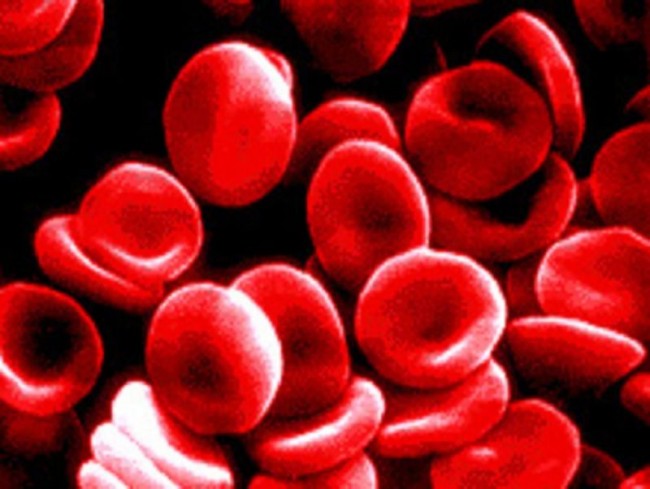
The Coagulopathy of Trauma: A Review of Mechanisms
Background: Bleeding is the most frequent cause of preventable death after severe injury. Coagulopathy associated with severe injury complicates the control of bleeding and is associated with increased morbidity and mortality in trauma patients. The causes and mechanisms are multiple and yet to be clearly defined. Methods: Articles addressing the causes and consequences of trauma-associated coagulopathy were identified and reviewed. Clinical situations in which the various mechanistic causes are important were sought along with quantitative estimates of their importance.
Results: Coagulopathy associated with traumatic injury is the result of multiple independent but interacting mechanisms. Early coagulopathy is driven by shock and requires thrombin generation from tissue injury as an initiator. Initiation of coagulation occurs with activation of anticoagulant and fibrinolytic pathways. This Acute Coagulopathy of Trauma-Shock is altered by subsequent events and medical therapies, in particular acidemia, hypothermia, and dilution. There is significant interplay between all mechanisms.
Conclusions: There is limited understanding of the mechanisms by which tissue trauma, shock, and inflammation initiate trauma coagulopathy. Acute Coagulopathy of Trauma-Shock should be considered distinct from disseminated intravascular coagulation as described in other conditions. Rapid diagnosis and directed interventions are important areas for future research.
Key Words: Coagulopathy, Trauma, Shock, Mechanism, Review
Authors:
John R. Hess, MD, MPH, FACP, FAAAS
Karim Brohi, MD
Richard P. Dutton, MD, MBA
Carl J. Hauser, MD, FACS, FCCM
John B. Holcomb, MD, FACS
Yoram Kluger, MD
Kevin Mackway-Jones, MD, FRCP, FRCS, FCEM
Michael J. Parr, MB, BS, FRCP, FRCA, FANZCA, FJFICM
Sandro B. Rizoli, MD, PhD, FRCSC
Tetsuo Yukioka, MD
David B. Hoyt, MD, FACS
Bertil Bouillon, MD


